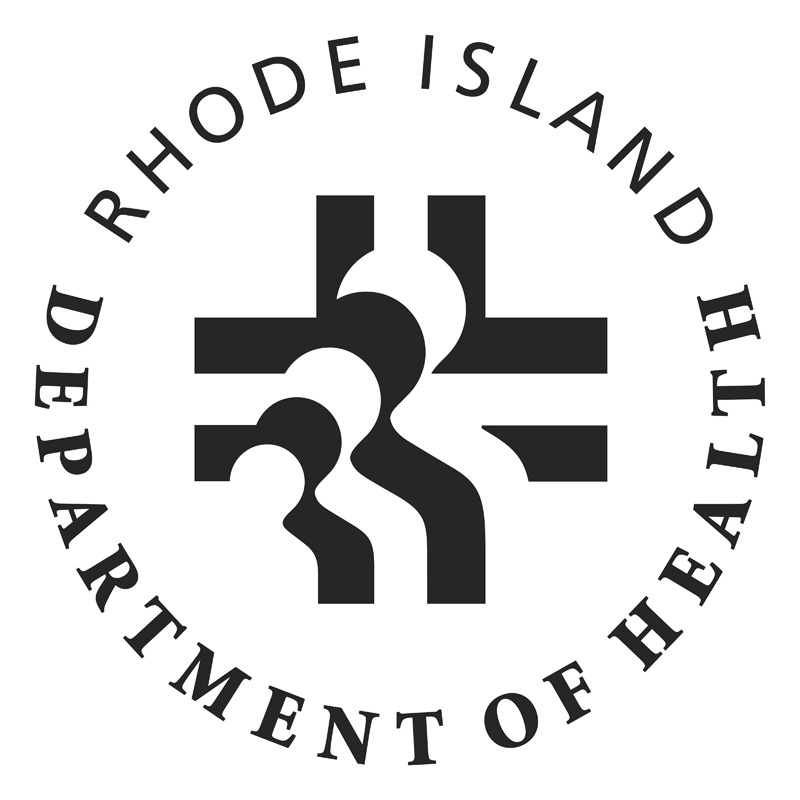Salt (Sodium)
Most of the sodium in our diet comes from salt that has been added to the food we eat. Most Americans consume more than twice the recommended daily amount of salt. Too much salt increases the risk of high blood pressure, heart disease, and stroke. Decreasing sodium intake could prevent many deaths.
What you should know
- The majority of the sodium Americans consume comes from processed and restaurant foods. Only a small portion is used in cooking or added at the table (in the form of table salt), and the rest occurs naturally in foods.
- The average American eats about 2,900 to 4,300 mg of sodium, or about 6 to 10 grams of salt daily.
- Most healthy adults should try to eat less than 2,300 mg of sodium per day.
- African Americans, middle-aged and older adults, and people with high blood pressure, diabetes and/or kidney disease should eat less than 1,500 mg of sodium per day.
- Research shows that gradual reductions in sodium (up to 10 percent per year) are not noticeable to the taste.
- When reading the nutrition labels of prepared and packaged foods, watch for the words "soda" (referring to sodium bicarbonate, or baking soda) and "sodium" and the symbol "Na." These products contain sodium compounds.
- Sea salt has some health benefits – but won’t lower your sodium content. Both sea salt and table salt contain about 40 percent sodium.
What you can do to limit salt intake
- Avoid adding salt to homemade dishes;
- Use spices and herbs to flavor your food;
- When you buy prepared and packaged foods, read the labels and buy those with less or no salt;
- Eat more fresh food;
- Select unsalted nuts or seeds, dried beans, peas and lentils;
- Rinse canned vegetables under water before using;
- Limit the amount of salty snacks you eat, like chips and pretzels;
- When dining out, ask for your dish to be prepared without added salt.
 Rhode Island Department of Health
Rhode Island Department of Health Rhode Island Department of Health
Rhode Island Department of Health